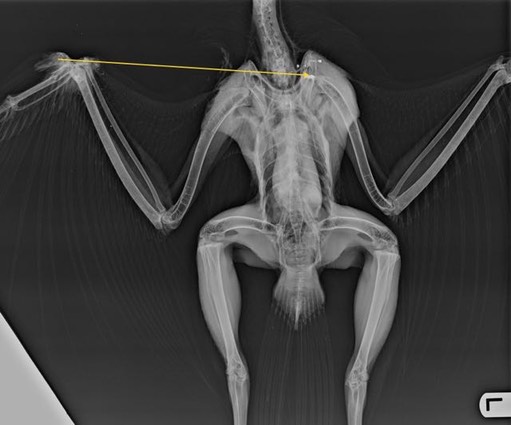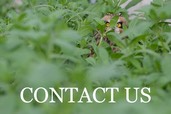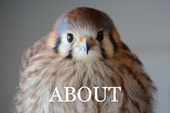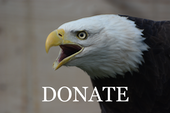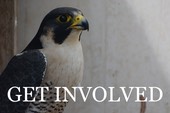Downy Western Screech Owls
This fuzzy guy is a Brancher. It had ventured out of the nest cavity (in a large tree) onto a nearby branch, hence the term “brancher.” It was a windy day in Pendleton and the owlet was blown out of the tree. It is starting to get wing feathers, but cannot fly. It hit the ground pretty hard, but does not appear to have any broken bones. We will observe it for a day or so and attempt to return it to its family. The photo was taken at the tinme of admission. It looked a lot better an hour later.
While Bob was rescuing this owl in Pendleton, Michele and Laurel responded to a call in Kennewick. Michele was able to use her tree climbing skills to return a slightly older Screech Owl to a nest cavity some 20 feet up in a tree.
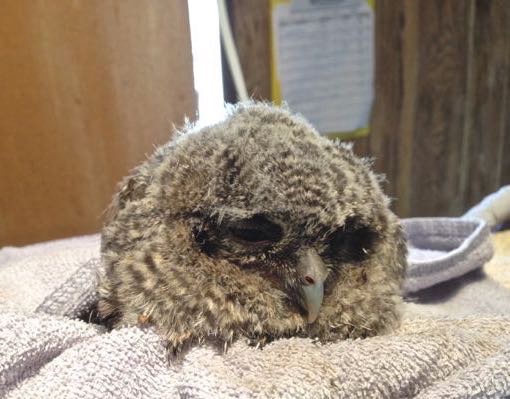
Fuzzy Nestling Great Horned Owls
Like other owls, Great Horned Owls do not build a nest. They often use Red-tailed Hawk nests or Magpie nests or a ledge in a building. These four owls were living in a haystack in Oregon. The hay was loaded onto a truck and hauled to Ellensburg, WA where the owls were discovered. They are back in Oregon now and will be placed in a large hack box to be raised in a manner that will mimic the behavior of their parents.
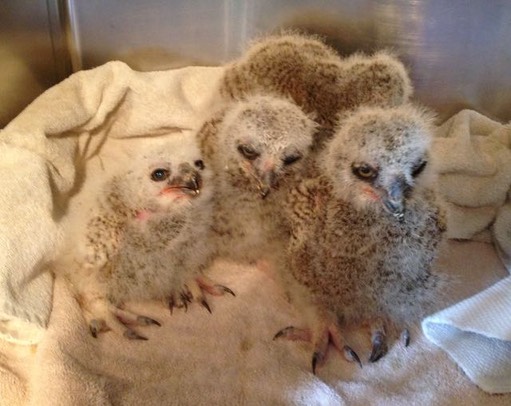
Barn Owl Update
The baby Barn Owl count at the Tri-Cities Center is 38. The largest owlets are outside in a nest box. Michele feeds them twice a day until they fledge, which won’t happent for another month. Then they are fed once a day until they disperse. A foster mom is also bringing them food - they are very well fed babies!
Mr. LEOW
Long-eared Owls are also nesting at the Tri-Cities Center. The picture below was taken by Toni Faust and is of a male who is standing guard a few feet below where his mate is hunkered down in an old Magpie nest.
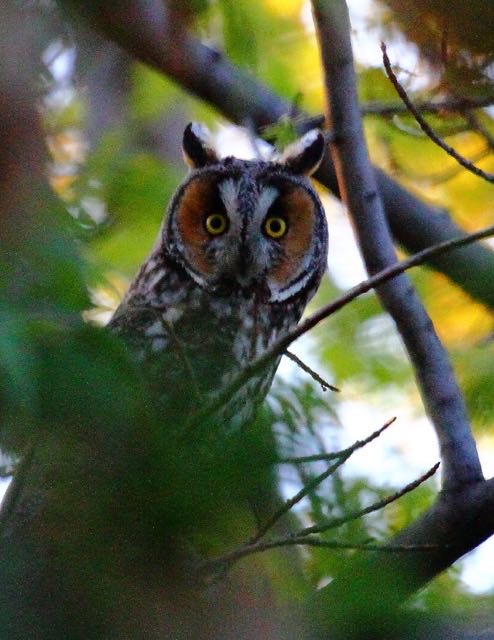
New Home For A Goose
Although BMW is a wildlife rehabilitation center, we sometimes respond to calls regarding injured domestic water fowl. These are usually birds that started out as someone’s pet, but then are taken to a public park where wild ducks and geese gather and are turned loose.
Such was the case for the goose below. She was hit by a car at Columbia Park and suffered a broken leg. Once the leg healed she was in need of a new home. Volunteer Mark McAllister found such a home and helped transport her there. Last month Mark found a home for a domestic duck. Thanks Mark!
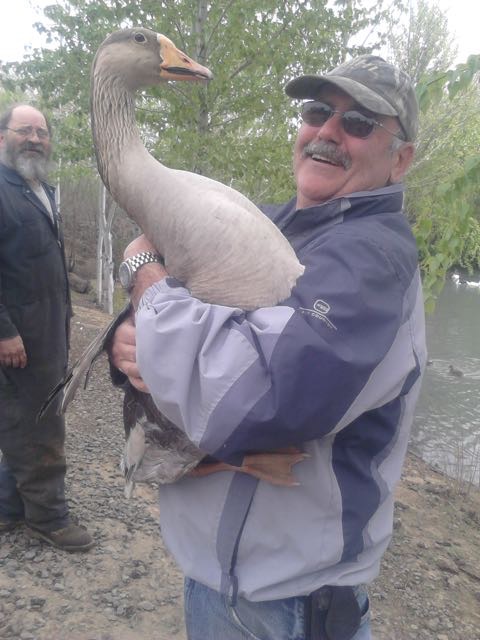
Lead Poisoned Red-tailed Hawk
X-rays taken of the Red-tailed Hawk admitted last week showed she did not hit a barbed-wire fence, but was shot. Normally birds get lead poisoning from eating an animal that has been shot with lead ammunition. The lead is absorbed through the gut wall after being exposed to digestive enzymes. The bullet passed through the hawk's crop before lodging in the left shoulder. Perhaps some of the lead particles were swallowed. Sadly, it is a moot point. We may have been able to successfully treat the lead toxicity, but the damage to the right wrist was nonrepairable.
